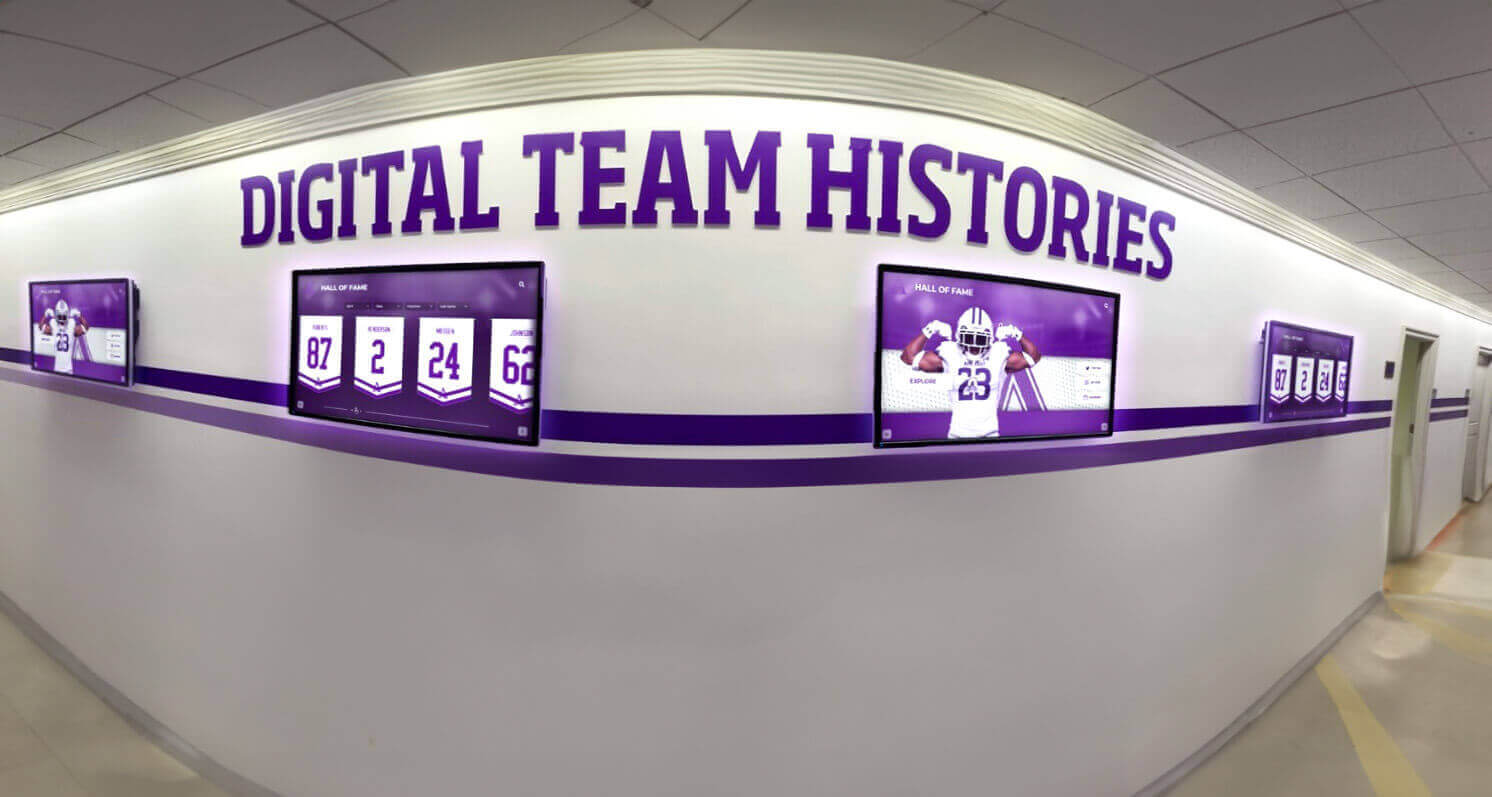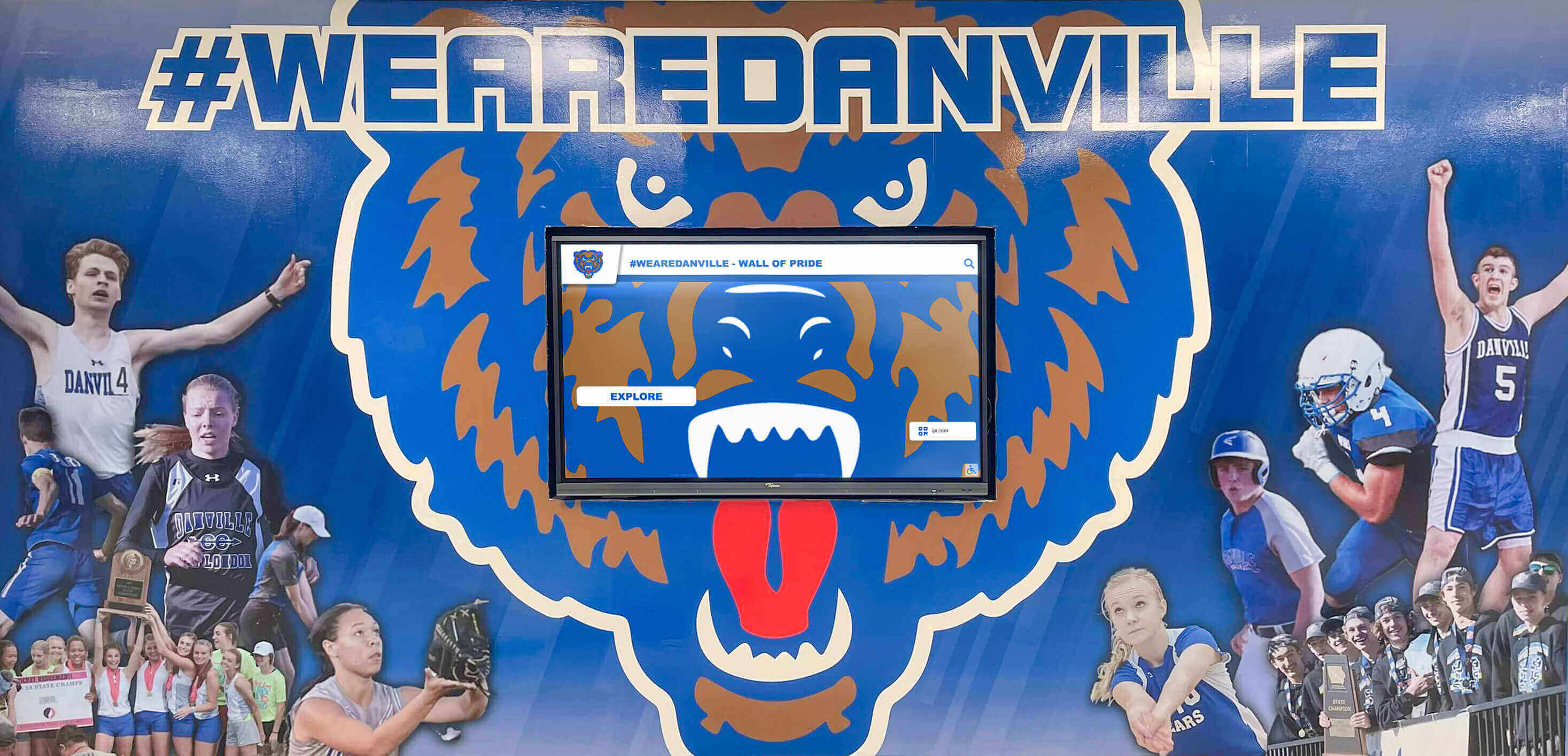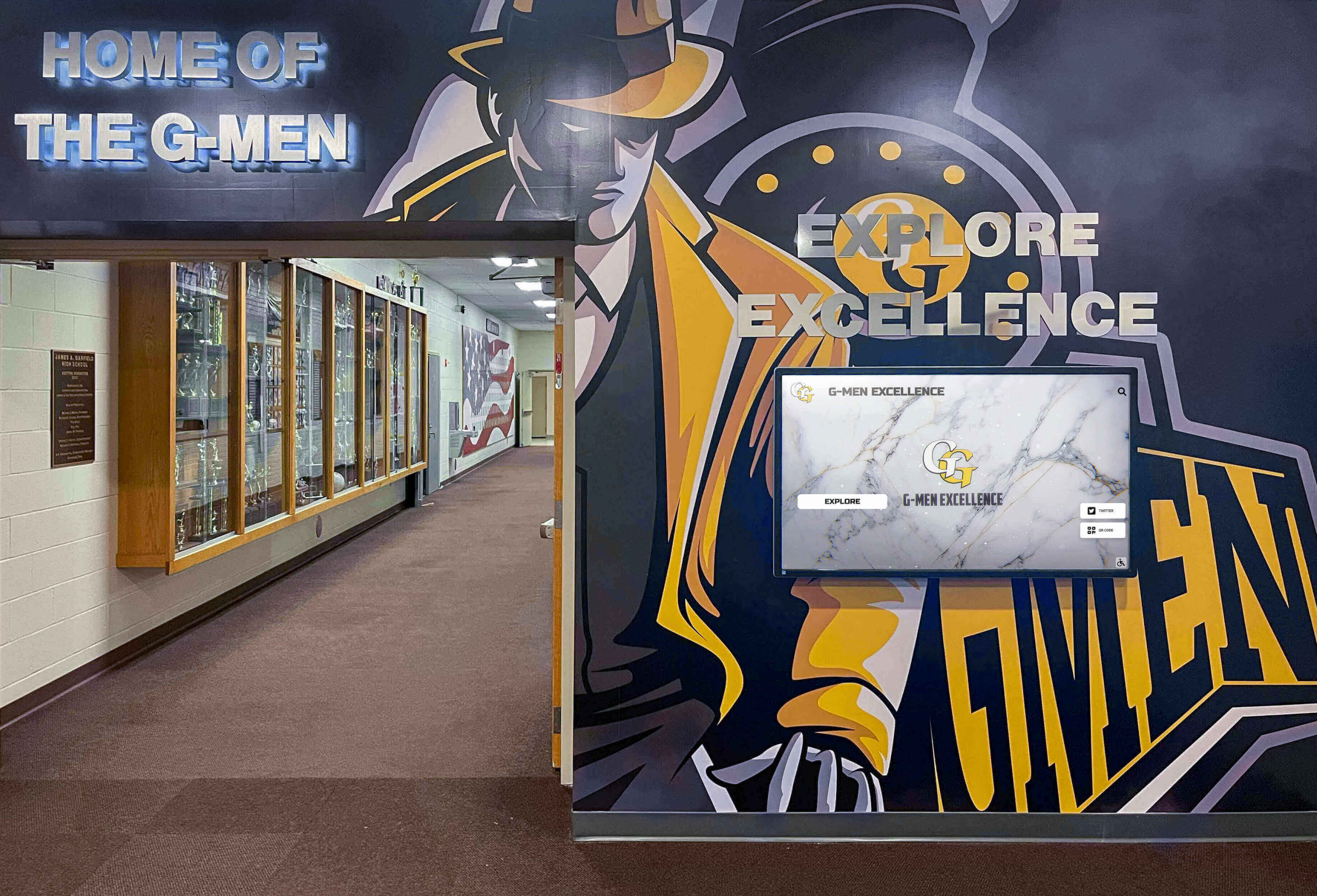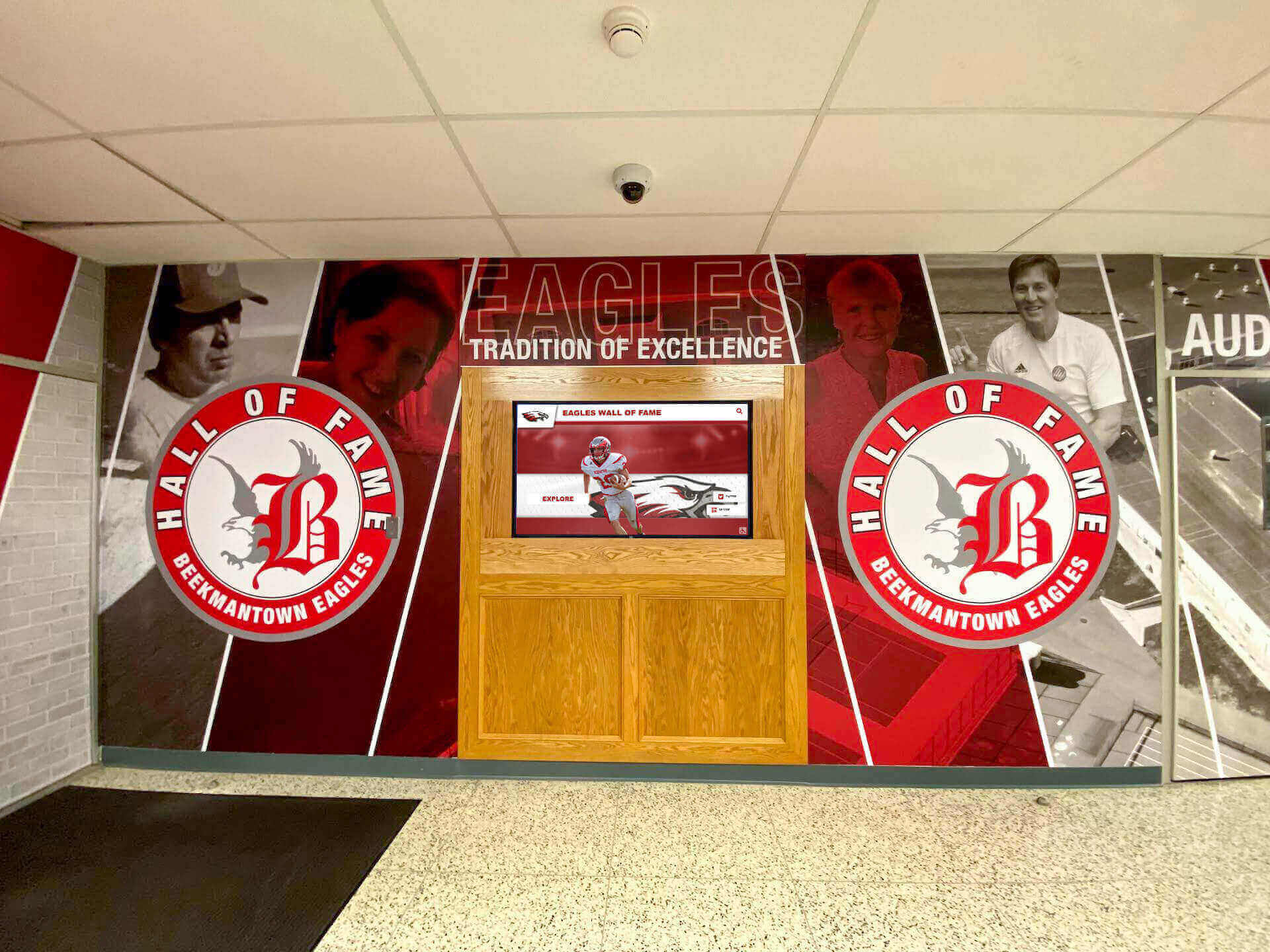Alumni spotlight of the month programs represent one of the most effective yet underutilized tools for maintaining meaningful connections with graduates. While many institutions implement basic recognition programs, few leverage the full potential of systematic monthly spotlights to drive engagement, strengthen institutional bonds, and inspire current students through compelling graduate success stories.
When thoughtfully designed and consistently executed, alumni spotlight programs do far more than simply celebrate individual achievements—they create ongoing narratives demonstrating institutional impact, maintain regular touchpoints with diverse alumni populations, provide content that fuels communications and fundraising efforts, inspire current students by showcasing achievable pathways to success, and strengthen the emotional connections that transform casual graduates into engaged alumni and eventual donors.
This comprehensive guide explores everything you need to know about creating alumni spotlight of the month programs that deliver measurable engagement results—from establishing selection criteria and nomination processes through leveraging modern digital recognition technology and measuring program impact on key institutional priorities including giving, event attendance, and volunteer participation.
Understanding Alumni Spotlight of the Month Programs
Alumni spotlight of the month programs systematically recognize individual graduates or small groups of alumni each month throughout the year. Unlike annual hall of fame inductions that acknowledge career-spanning accomplishments, monthly spotlights can celebrate diverse achievements including recent professional milestones, community service contributions, interesting career paths, entrepreneurial ventures, creative accomplishments, or simply compelling personal stories that demonstrate institutional impact.
Core Program Objectives
Successful alumni spotlight programs serve multiple strategic purposes simultaneously:
Maintaining Year-Round Engagement: Monthly recognition creates twelve annual touchpoints with alumni communities rather than concentrating engagement around a few major events. This sustained engagement keeps institutions top-of-mind throughout the year, maintains momentum between reunion cycles, provides regular content for alumni communications, creates ongoing social media engagement opportunities, and demonstrates consistent institutional interest in alumni success.
Celebrating Diverse Achievement: Monthly recognition enables institutions to honor broader definitions of success than traditional hall of fame programs. Spotlights can feature young alumni early in promising careers, graduates making community impact rather than achieving fame, alumni with interesting career pivots or unconventional paths, recent retirees reflecting on career journeys, and graduates demonstrating resilience through challenges.
This inclusive approach to famous alumni recognition ensures diverse alumni populations see themselves reflected in institutional recognition programs.

Generating Content for Communications: Alumni spotlight programs create ready-made content for multiple communication channels including monthly email newsletters featuring spotlighted alumni, social media posts with engaging personal stories, website content showcasing institutional impact, advancement materials demonstrating alumni success for donors, and recruitment content showing prospective students potential pathways.
Inspiring Current Students: Regular exposure to diverse alumni success stories helps students envision their own futures. Monthly spotlights answer critical questions every student asks about whether their education will lead to meaningful careers, what types of opportunities await after graduation, how to navigate career transitions and challenges, which skills and experiences matter most for success, and how to maintain connections with their institution.
Research consistently shows that current students who regularly engage with alumni stories demonstrate higher institutional satisfaction, stronger career planning behaviors, greater alumni engagement intentions, and increased likelihood of becoming future donors themselves.
Designing Effective Selection Criteria
The foundation of successful alumni spotlight programs lies in thoughtful selection criteria that recognize meaningful achievements while ensuring diverse representation and sustainable nomination processes.
Recognition Categories
Comprehensive alumni spotlight programs rotate through multiple recognition categories ensuring varied representation:
Professional Achievement and Innovation Recognize alumni achieving significant professional milestones through major promotions or career transitions, entrepreneurial ventures and business launches, patents, inventions, or innovations in their fields, published research, books, or significant creative works, industry awards or professional recognition, and leadership roles in major organizations or initiatives.
Community Service and Impact Celebrate graduates making differences beyond their careers through nonprofit leadership or board service, significant volunteer commitments, advocacy for important causes, mentorship programs benefiting others, and initiatives addressing community needs at local, national, or international levels.
Thoughtful community recognition strategies ensure institutions honor alumni whose primary contributions lie in service rather than traditional professional advancement.
Interesting Career Journeys Spotlight alumni with compelling professional stories including unique career paths combining diverse interests, successful career pivots demonstrating adaptability, overcoming significant obstacles or challenges, building careers in emerging or unusual fields, and international careers spanning multiple countries or cultures.
Personal Milestones and Life Achievements Recognize significant personal accomplishments beyond professional sphere through impressive athletic achievements or competitions, artistic performances or exhibitions, significant travel or adventure accomplishments, family legacies with multiple generations attending institution, and personal growth stories demonstrating institutional impact.

Young Alumni on the Rise Dedicated recognition for recent graduates demonstrating early promise helps recent alumni feel connected during critical early-career years when engagement often declines. Consider spotlighting alumni within five years of graduation pursuing interesting career paths, making immediate impact in their fields, launching innovative projects or ventures, continuing education through graduate programs, or demonstrating exceptional leadership potential.
Consistent recognition of young alumni through alumni engagement strategies prevents the post-graduation engagement drop that many institutions experience.
Ensuring Diverse and Representative Recognition
Alumni spotlight programs lose credibility and effectiveness if they consistently recognize similar types of alumni. Implement systematic approaches ensuring broad representation:
Demographic Balance: Track recognition patterns across multiple dimensions including gender representation across spotlights, racial and ethnic diversity among honorees, geographic distribution across regions where alumni live, age range including young, mid-career, and senior alumni, degree programs and majors represented, and career sectors and industries featured.
Regular analysis of recognition patterns enables course corrections when imbalances emerge. Most institutions establish informal quotas ensuring, for example, that at least quarterly spotlights feature young alumni, that geographic regions receive proportional representation over annual cycles, and that recognition alternates between traditional high-profile achievements and less visible but meaningful contributions.
Achievement Type Rotation: Systematically rotate recognition focus to ensure variety. If January spotlights a business leader, February might feature a teacher, March an entrepreneur, April a community volunteer, May an artist, and June a scientist. This intentional rotation prevents programs from becoming monotonous while demonstrating that institutions value diverse pathways to meaningful lives.
Accessibility and Inclusion: Ensure recognition programs actively seek and celebrate alumni with disabilities, first-generation college graduates, international alumni, alumni from underrepresented backgrounds, and graduates who overcame significant obstacles. This intentional inclusivity strengthens engagement across entire alumni populations while demonstrating institutional values.
Creating Sustainable Nomination and Selection Processes
Successful alumni spotlight programs require efficient systems for identifying, evaluating, and selecting honorees that don’t create unsustainable administrative burdens.
Nomination Sources and Methods
Multiple nomination pathways ensure comprehensive candidate identification:
Alumni Affairs and Development Staff: Advancement professionals who regularly interact with alumni represent natural nomination sources. Staff identify candidates through major gift conversations revealing significant achievements, event interactions showcasing interesting alumni, database research uncovering notable accomplishments, social media monitoring revealing alumni news, and email communications mentioning personal or professional milestones.
Faculty and Staff Nominations: Current employees often maintain relationships with former students and can nominate alumni they’ve stayed connected with, former students achieving success in their academic fields, graduates returning as guest speakers or mentors, alumni they encounter professionally or personally, and former students they follow on social media or professional networks.
Peer Nominations: Alumni frequently nominate classmates, colleagues, or friends for recognition. Peer nominations often identify alumni who don’t actively engage with institutions but deserve recognition. Create simple online nomination forms requesting basic information about nominee, specific achievements or contributions meriting recognition, relationship between nominator and nominee, contact information for nominated alumnus, and any supporting materials like articles, photos, or links.

Self-Nominations: While some institutions hesitate to accept self-nominations fearing they seem presumptuous, many successful programs welcome them. Alumni best understand their own achievements and can provide detailed information immediately. Frame self-nomination positively by emphasizing desire to learn about alumni accomplishments and celebrating diverse success. Most self-nominations prove legitimate and save staff research time.
Proactive Research: Don’t rely solely on nominations—actively research potential spotlight candidates through LinkedIn searches revealing alumni promotions and milestones, Google Alerts monitoring alumni names in news, alumni database review identifying accomplishment records, social media monitoring for significant announcements, and class notes in alumni publications mentioning achievements.
Tools supporting digital asset management for schools help track potential spotlight candidates and organize information for future recognition.
Selection Committee Structure
Small, focused selection committees make monthly decisions efficiently:
Committee Composition: Effective selection committees typically include an alumni affairs representative ensuring alignment with engagement strategy, a development officer connecting recognition to fundraising priorities, one or two faculty or staff members providing institutional perspective, and potentially a student representative offering current student viewpoints.
Committees of 3-5 members make decisions efficiently without requiring extensive coordination. Larger committees become difficult to schedule and often generate slower decision-making processes.
Decision Frameworks: Establish clear evaluation criteria preventing subjective or biased selections. Consider frameworks scoring nominees across dimensions like significance of achievement relative to alumni’s career stage, alignment with institutional values and mission, potential to inspire current students, diversity and representation considerations, availability of compelling story elements, and quality of supporting materials and information.
Point-based rubrics or standardized evaluation forms ensure consistency across selections while documenting decision rationales for institutional memory.
Rolling vs. Batch Selection: Monthly spotlight programs can operate through rolling decisions where committees meet monthly to select following month’s honoree, or batch selections where committees meet quarterly or semi-annually selecting multiple months of honorees simultaneously. Batch selection reduces meeting frequency and enables better planning, but rolling selection allows responses to timely accomplishments and maintains selection committee engagement.
Content Development for Compelling Spotlights
The difference between alumni spotlights that drive engagement versus those that go unnoticed lies primarily in content quality and presentation.
Essential Profile Elements
Comprehensive alumni spotlight profiles include multiple content components:
Biographical Overview: Provide context establishing who the alumnus is through graduation year and degree program, hometown and current location, current professional role and organization, family information when relevant and available, and notable extracurricular involvement during student years.
Achievement Narrative: Tell compelling stories rather than listing accomplishments. Focus on specific achievements being recognized, journey to current position including pivots and challenges, skills and experiences from institution that contributed to success, mentors, professors, or experiences that proved influential, and advice the alumnus offers current students.
The most engaging profiles transform accomplishments into narratives demonstrating both achievement and humanity. Rather than stating “Sarah Johnson founded a nonprofit serving 10,000 children,” compelling profiles explain what inspired Sarah’s work, challenges she overcame building her organization, how her education prepared her, and what advice she offers students considering similar paths.

Multimedia Content: Rich media transforms static profiles into engaging experiences through professional headshots or recent photos, photos from student years creating visual progression, workplace or activity photos showing alumni in action, video interviews capturing personality and voice, audio clips from speeches or presentations, and links to publications, portfolios, or professional websites.
Modern interactive recognition displays enable institutions to showcase multimedia alumni profiles that engage visitors far more effectively than text-only recognition.
Institutional Connection: Explicitly connect alumni success to institutional experience through specific courses, professors, or academic experiences that proved formative, extracurricular activities, athletics, or leadership roles that built skills, friendships or relationships formed during student years, campus experiences that shaped perspectives or values, and ongoing connections to institution through mentorship, volunteering, or giving.
These connections help current students understand how their own education contributes to future success while reminding alumni how their alma mater shaped their journeys.
Content Gathering Strategies
Efficient processes for developing spotlight content prevent programs from becoming administratively burdensome:
Initial Outreach: Contact selected alumni explaining recognition opportunity and requesting participation. Most feel honored and willingly provide information. Successful outreach includes personalized communication from institutional leadership, clear explanation of spotlight program purpose and visibility, specific request for information and materials needed, estimated time commitment for participation, deadline for providing content, and follow-up plan if initial outreach receives no response.
Structured Questionnaires: Provide selected alumni with detailed questionnaires requesting all needed information through biographical background, career trajectory and current role, specific achievements being recognized, institutional experiences that proved influential, advice for current students, preferred contact information for public sharing, and photo/video submissions.
Well-designed questionnaires enable alumni to provide comprehensive information in one submission, reducing back-and-forth communication.
Video Interviews: Brief video interviews (3-5 minutes) add tremendous value to spotlight profiles. Video can be gathered through Zoom or video conferencing sessions with remote alumni, on-campus interviews when alumni visit, phone interviews recorded with permission, or alumni self-recorded smartphone videos with guidance.

Alumni Review and Approval: Always provide alumni with final content for review before publication. This courtesy ensures accuracy, allows alumni to suggest edits or clarifications, confirms comfort with information being shared publicly, provides opportunity to update contact preferences, and demonstrates institutional respect for alumni.
Most alumni require minimal edits, but review processes prevent embarrassing errors and maintain positive relationships.
Maximizing Visibility and Engagement
Alumni spotlight programs deliver maximum value when recognition reaches broad audiences through multiple channels rather than remaining hidden in single locations.
Digital Recognition Platforms
Modern technology extends spotlight visibility far beyond physical displays:
Interactive Touchscreen Displays: Physical displays in high-traffic campus locations provide always-on visibility for spotlight honorees. Strategic placement in main building lobbies, alumni centers and advancement offices, athletic facilities and student unions, library entrances, and residence hall common areas ensures maximum exposure to students, visiting alumni, prospective families, and campus guests.
Solutions like those from Rocket Alumni Solutions enable institutions to showcase unlimited alumni profiles through digital recognition displays that visitors can explore through intuitive touchscreen interfaces.
Web-Based Recognition: Dedicated website sections for alumni spotlights ensure recognition accessibility for remote audiences through searchable alumni directories, monthly spotlight feature on homepage, dedicated alumni success stories section, mobile-responsive design for smartphone access, and social sharing buttons enabling viral distribution.
Web platforms ensure alumni living far from campus experience recognition equally with local alumni while providing content that search engines index, extending institutional visibility.
Mobile Applications: Institution-branded mobile apps include alumni spotlight features through push notifications when new spotlights publish, in-app spotlight exploration and search, integration with giving and event registration, and social sharing from within app.
Mobile integration meets alumni where they spend increasing time—on their smartphones—while creating regular engagement touchpoints.
Multi-Channel Communication Strategy
Strategic distribution amplifies spotlight reach and impact:
Email Communications: Dedicated monthly emails featuring spotlight alumni reach entire alumni populations through compelling subject lines highlighting honoree achievements, rich formatting with photos and multimedia content, clear calls-to-action for engagement, and links to additional content and ways to stay connected.
Many institutions integrate spotlight features into broader monthly alumni newsletters rather than sending separate communications, reducing email fatigue while ensuring consistent visibility.
Social Media Amplification: Social platforms extend spotlight reach exponentially through Facebook posts in institution and alumni association pages, LinkedIn articles tagged with featured alumni, Instagram stories and posts with visual content, Twitter threads highlighting key accomplishments, and YouTube videos for longer-form interview content.
Encourage spotlighted alumni to share recognition on their own social networks, dramatically extending reach to their personal and professional connections. Provide pre-written social media copy and graphics making sharing effortless.

Traditional Media: Don’t neglect traditional channels that remain effective for certain audiences through printed alumni magazines featuring spotlight profiles, campus newspapers accessible to current students, postcards or letters mailed to regional alumni chapters, and local or industry media pitches about notable alumni.
Integration across digital and traditional channels ensures spotlight recognition reaches diverse audiences through their preferred communication mediums.
Creating Engagement Opportunities
Transform passive spotlight recognition into active engagement:
Virtual or In-Person Events: Host monthly or quarterly events with spotlight alumni through webinar presentations sharing career insights, panel discussions with multiple honorees, networking receptions during campus visits, student mentorship sessions, and career office workshops or presentations.
Events transform static recognition into relationship-building opportunities generating deeper engagement from both honored alumni and broader communities.
Social Media Engagement Campaigns: Create interactive campaigns encouraging participation through “Ask the Alumnus” Q&A sessions, photo contests featuring alumni in their careers, story-sharing campaigns about institutional impact, hashtag campaigns building community, and live social media takeovers by spotlight alumni.
Recognition Cascades: Featured alumni often know other accomplished classmates and can help identify future spotlight candidates, provide testimonials about institutional experiences, become donors inspired by recognition, volunteer as mentors or speakers, and attend future events strengthening ongoing engagement.
Recognition frequently triggers engagement cascades extending far beyond initial spotlight publication.
Measuring Program Impact and ROI
Systematic measurement demonstrates program value and identifies improvement opportunities:
Quantitative Engagement Metrics
Track measurable indicators of spotlight program effectiveness:
Communication Metrics: Monitor email open rates for spotlight communications, click-through rates to full spotlight profiles, social media engagement (likes, shares, comments), website traffic to spotlight pages, video view counts and completion rates, and mobile app engagement with spotlight features.
Compare spotlight content performance against other alumni communications to understand relative engagement levels.
Behavioral Outcomes: Measure actions resulting from spotlight exposure through giving from featured alumni and their classmates, event registration and attendance changes, volunteer inquiries and applications, mentorship program participation, and alumni directory profile updates.
Strong spotlight programs demonstrate measurable increases in these behaviors compared to baseline periods.
Reach Amplification: Track how spotlights extend institutional visibility through impressions from alumni social sharing, media coverage mentions, search engine traffic from spotlight content, referring traffic from external sites, and new social media followers or connections.
Qualitative Assessment
Numbers tell important stories, but qualitative feedback reveals program impact:
Stakeholder Feedback: Regularly gather input from featured alumni about recognition experience, non-featured alumni regarding spotlight interest and relevance, current students about inspiration and usefulness, faculty and staff about student responses, and advancement staff about fundraising conversations.
Success Stories: Document compelling examples of spotlight program impact through featured alumni who became major donors, spotlights that inspired student career choices, alumni who reconnected after seeing classmate spotlights, media attention generated by spotlight stories, and recruitment benefits from showcasing alumni success.

Annual Program Review: Conduct comprehensive evaluations analyzing full year of spotlight selections for representation balance, reviewing engagement metrics and trends, assessing content quality and gathering staff feedback, identifying improvement opportunities, and setting goals for following year.
Regular review ensures programs evolve rather than stagnate, maintaining effectiveness over years.
Addressing Common Implementation Challenges
Anticipating obstacles enables proactive solutions preventing program failures:
Maintaining Monthly Momentum
Consistent monthly execution proves challenging amid competing priorities:
Establish Production Calendars: Create detailed schedules specifying nomination deadlines two months before spotlight publication, selection committee meetings six weeks before, alumni outreach and content gathering four weeks before, content development and design three weeks before, alumni approval two weeks before, and publication and promotion on schedule.
Clear timelines with built-in buffers prevent last-minute scrambles that compromise content quality.
Build Content Banks: Develop reserves of vetted spotlight candidates when identifying strong candidates without immediate publication slots, maintaining ongoing nomination acceptance, conducting alumni research during slower periods, pre-developing profiles for timely publication, and creating evergreen content for emergency use when planned spotlights fall through.
Content banks provide flexibility when spotlighted alumni become unavailable or when timely recognitions emerge unexpectedly.
Balancing Diverse Recognition With Quality Standards
Tension exists between honoring varied alumni and maintaining recognition credibility:
Define Achievement Thresholds: Establish minimum criteria appropriate for monthly spotlights rather than lifetime achievement recognition through meaningful accomplishment within given context, interesting or inspiring story regardless of fame level, demonstrable institutional impact or values alignment, and willingness to share experiences and advice with community.
Monthly spotlight thresholds should be substantially lower than annual hall of fame standards, enabling recognition of diverse alumni including young graduates, community contributors, and interesting career path holders.
Frame Recognition Appropriately: Communicate that monthly spotlights celebrate interesting stories and diverse pathways rather than only exceptional fame through clear program descriptions emphasizing variety, spotlight profile language focusing on journeys and stories, avoidance of superlative language (greatest, best, most), celebration of “success” broadly defined, and explicit connections to institutional values beyond achievement alone.

Managing Resource Constraints
Limited staff time and budget constrain what programs can accomplish:
Leverage Technology Efficiency: Modern digital recognition platforms dramatically reduce administrative burden through template-based profile creation, cloud content management accessible anywhere, automated publication workflows, integrated communication tools, and reusable content across channels.
Solutions like Rocket Alumni Solutions enable small advancement teams to manage comprehensive recognition programs that would require multiple staff members using traditional approaches.
Distribute Responsibilities: Prevent spotlight programs from overwhelming single staff members through clear role division (content development, design, communication), volunteer involvement where appropriate, student worker assistance for research and administrative tasks, shared committee responsibilities, and technology automation eliminating manual processes.
Best Practices From Successful Programs
Institutions achieving exceptional results share common approaches:
Start Simple and Scale
Avoid over-complicated launches that become unsustainable through initial implementation with basic profiles and single communication channel, quarterly spotlights rather than monthly when starting, existing technology and platforms before major investments, manageable nomination and selection processes, and clear success metrics from beginning.
Add sophistication gradually as programs prove themselves and as capacity grows. Many institutions begin with simple email spotlights, later adding website features, eventually implementing touchscreen recognition displays, and ultimately creating comprehensive multi-channel programs only after establishing sustainable foundations.
Integrate With Broader Strategies
Standalone programs generate less impact than those integrated with institutional priorities through advancement campaign alignment recognizing donors and prospects, reunion planning featuring cohort members as spotlights, giving day promotion through alumni success stories, student recruitment showcasing graduate pathways, and career services partnership connecting students with alumni.
Integration creates synergies multiplying program value while distributing workload across multiple departments with shared interest in success.
Celebrate the Ordinary
Don’t focus exclusively on extraordinary accomplishments that most alumni cannot achieve through teachers making daily differences in students’ lives, healthcare professionals serving their communities, small business owners supporting local economies, parents raising families while building careers, and volunteers contributing time to causes they value.
These “ordinary” success stories often resonate more powerfully with most alumni than celebrity achievements, demonstrating that meaningful lives take many forms and that institutional education prepares graduates for diverse pathways to fulfillment.

Maintain Long-Term Archives
Spotlight programs build cumulative value when past recognition remains accessible through searchable online databases, permanent digital displays showing all honorees, annual compilations in print or digital format, social media highlight reels, and integration with broader alumni directory systems.
Archives enable alumni to discover classmates, students to explore pathways, and researchers to understand institutional impact across decades. Technology solutions from providers like Rocket Alumni Solutions preserve unlimited recognition history without physical space constraints or ongoing costs.
Conclusion: Monthly Recognition That Transforms Engagement
Alumni spotlight of the month programs represent systematic approaches to maintaining year-round engagement with graduate communities through regular recognition that celebrates diverse achievements, creates compelling content for multiple communication channels, inspires current students with accessible success models, strengthens emotional connections between alumni and institutions, and generates measurable improvements in engagement behaviors including giving, volunteering, and event participation.
The most effective programs balance ambitious recognition with sustainable processes, honor varied definitions of success while maintaining quality standards, leverage modern technology for maximum visibility and efficiency, measure impact systematically to demonstrate value and identify improvements, and integrate spotlights throughout broader advancement and engagement strategies rather than treating them as isolated initiatives.
For institutions ready to launch or enhance alumni spotlight programs, solutions like Rocket Alumni Solutions provide comprehensive platforms combining intuitive content management, engaging digital displays, multi-channel distribution tools, and analytics tracking—enabling even small advancement teams to create sophisticated recognition programs that drive measurable engagement improvements.
Whether launching a new spotlight program or revitalizing an existing one, remember that recognition’s power lies not in elaborate production values or celebrity honorees, but in consistent, authentic celebration demonstrating that institutions value all alumni and their diverse pathways to meaningful lives. Start with clear goals, implement thoughtfully with sustainable processes, measure systematically, and refine continuously. The investment in monthly alumni recognition yields substantial returns in engagement, giving, and community strength that define institutional excellence.
Ready to transform your alumni engagement through monthly spotlights? Explore how Rocket Alumni Solutions provides schools and universities with comprehensive digital recognition platforms specifically designed for educational institutions, with proven results across hundreds of implementations nationwide.




































